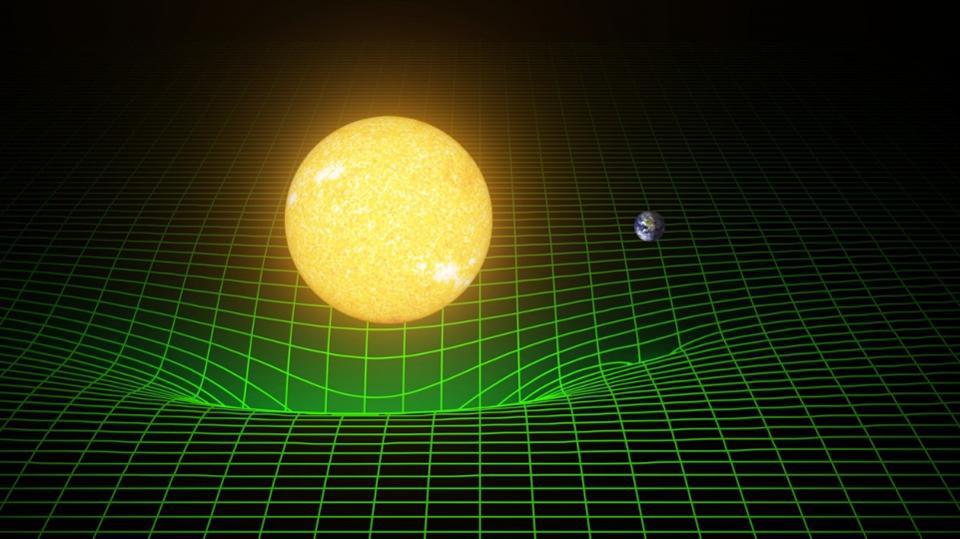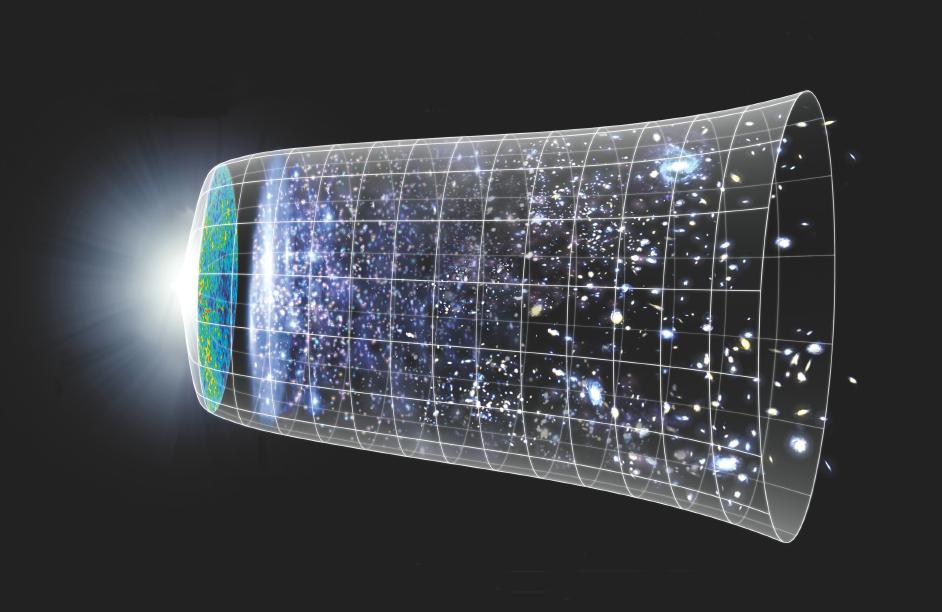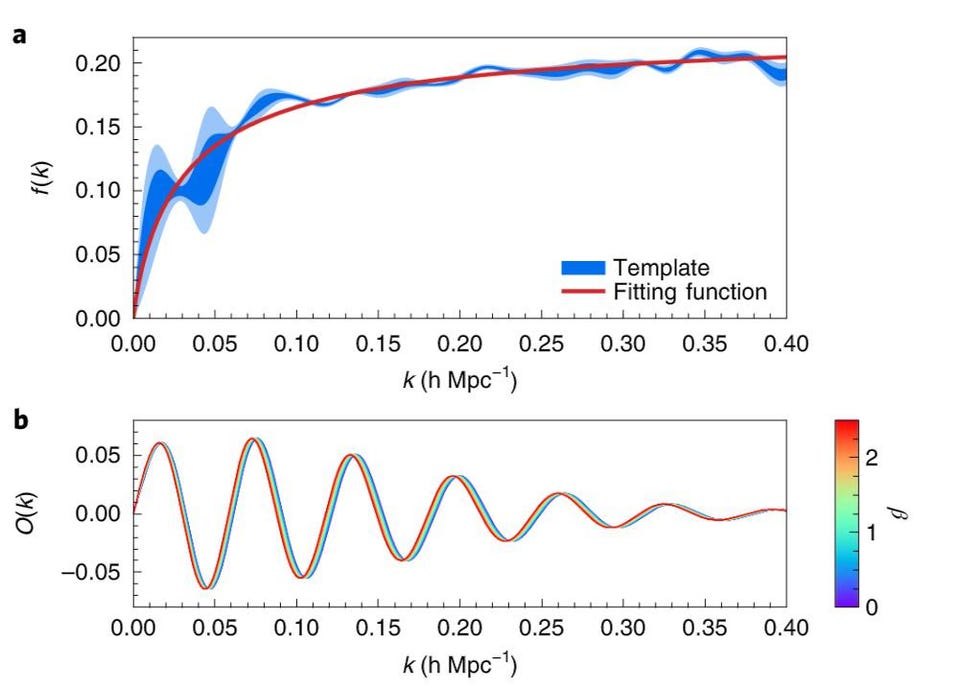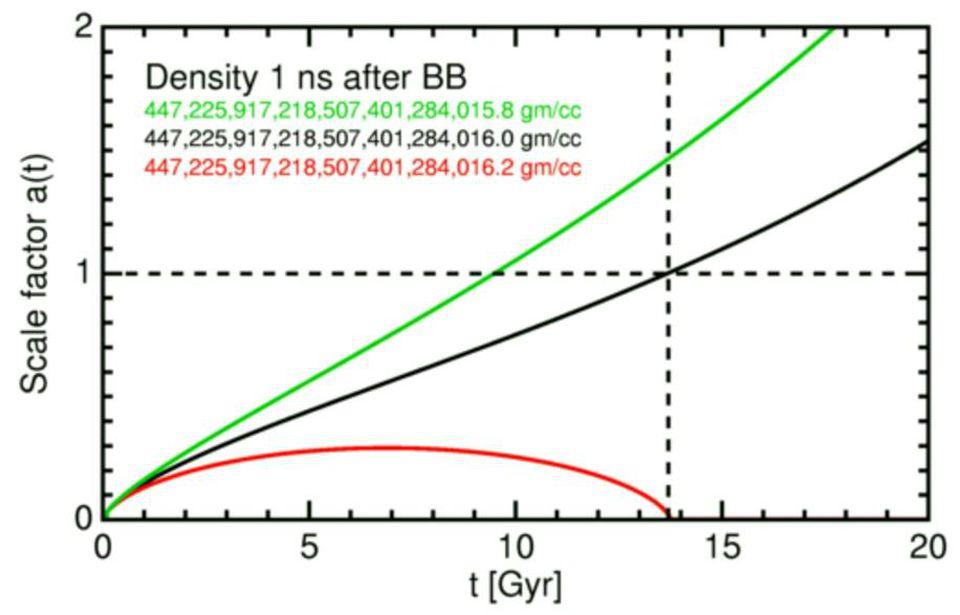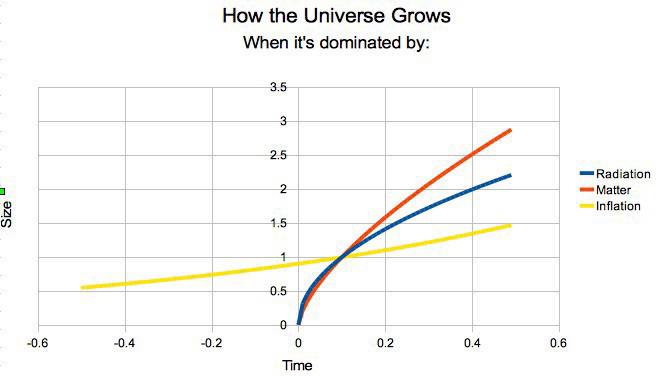Let's establish a few basic ideas and move from the time AFTER the Big Bang to the "non-time" BEFORE the Big Bang. And if I have time (pun intended) I'll tie this post in with a second post at some later date discussing "The Science of Time" from both a quantum & process-based understanding.
- re slater
SOME BASICS
SOME BASICS
SOME BASICS
What Came Before the Big Bang?
Feb 16, 2018
Since Relevancy22 is a "God" site, the vid begins with a dig at religious belief showing God as a cow. Now perhaps that's where the phrase, "HOLY COW!" came from. Or, perhaps not. But thank God for cows, milk, beef, and the blessing to farm and ranch God's green earth as humanity hopefully someday turns to the seeding and growing of cosmoecological civilizations. - res
THE PLANCK EPOCH
THE PLANCK EPOCH
THE PLANCK EPOCH
Brian Greene - What Was There Before The Big Bang?
Jun 12, 2021
Science Time - The Planck EpochThe American theoretical physicist, Brian Greene explains various hypotheses about the causation of the big bang. Brian Greene is an excellent science communicator and he makes complex cosmological concepts more easy to understand.The Big Bang explains the evolution of the universe from a starting density and temperature that is currently well beyond humanity's capability to replicate. Thus the most extreme conditions and earliest times of the universe are speculative and any explanation for what caused the big bang should be taken with a grain of salt. Nevertheless that shouldn't stop us to ask questions like what was there before the big bang.Brian Greene mentions the possibility that time itself may have originated with the birth of the cosmos about 13.8 billion years ago.To understand how the Universe came to be, scientists combine mathematical models with observations and develop workable theories which explain the evolution of the cosmos. The Big Bang theory, which is built upon the equations of classical general relativity, indicates a singularity at the origin of cosmic time.However, the physical theories of general relativity and quantum mechanics as currently realized are not applicable before the Planck epoch, which is the earliest period of time in the history of the universe, and correcting this will require the development of a correct treatment of quantum gravity.Certain quantum gravity treatments imply that time itself could be an emergent property. Which leads some physicists to conclude that time did not exist before the Big Bang. While others are open to the possibility of time preceding the big bang.One of the common misconceptions about the Big Bang model is that it fully explains the origin of the universe. However, the Big Bang model does not describe how energy, time, and space were caused, but rather it describes the emergence of the present universe from an ultra-dense and high-temperature initial state. It is misleading to visualize the Big Bang by comparing its size to everyday objects. When the size of the universe at Big Bang is described, it refers to the size of the observable universe, and not the entire universe.
SOME BASICS
SOME BASICS
SOME BASICS
What Was Happening Before the Big Bang?
w/Brian Greene | Joe Rogan
Feb 19, 2020
//////// space + time are not constants ////////
//////// space + time are fluid or relative to relationships ////////
//////// the speed of light is a constant ////////
//////// gravity both attracts by pulling inwards + repulses outwards ////////
//////// the energy of the inflaton scalar field repulses everything outwards ////////
(inflaton scalar fields explained in pbs video below)
//////// dark energy pushes outwards --> thus, an inflationary universe: Big Rip ////////
//////// dark matter pulls inwards --> thus, a compacting universe: Big Crunch ////////
Theological / Scientific Terms
Theological / Scientific Terms
Theological / Scientific Terms
creatio ex nihilo - creation of something from nothing.
creatio continua - the reordering or process creation of something which always was, is and will continue to be in whatever manner or forms of energy it is or will become.
In the vacuum of space there is no void. The vacuum of space has continuous exotic activity in the form of anti-mater particles+forces instantaneously annihilating with non-anti-matter particles+forces with the tiniest of fractions of matter particles+forces surviving to give to the universe it's quantum densities and structure which it has today.Conclusion. The Hebraic idea of void though correctly imagined and unseen is actually the vaduumous activity of space which is filled with unseen force energies. The God who created, did not create from nothing. There was always something there... even before the "voids" of space. This there which was there is the primodial energy forces which existed before the Big Bang before time and before matter.
What was there? Energy in it is purest potential states inhabiting a 1 dimensional space of "liquid" plasma in the severest heats of radiation with no irregularities to give it its start. Moreover, God and these states of potentiality always existed. Neither is older than the other with the philosophical difference that God is the first and primary process before all other process forces. Sic, Process Philosophy, Theology, and Theorectical Physics.
Thus and thus, the process relational system of panentheism (not pantheism, not classic theism). God sang the universes into existence. God breathed upon the "there" there and it became - and will always be becoming. - re slater
What came before the Big Bang? Quantum creation.
How to get a Universe from nothing
Apr 19, 2019
Arvin AshQuantum Creation – what came before the big bang - the mechanism of a universe out of NO-thing - no matter, no space, and no time. Ancient Greek cosmologist Parmenides said “Nothing comes from nothing.” He was likely referring to the law of conservation of energy, that no new energy can be created. This is true and is a scientific fact even today. So how could the Universe come from nothing?Since the discovery of quantum physics and relativity, we have discovered a flaw in this argument that allows the creation of something from truly nothing. The Universe indeed had a beginning about 13.8 billion years ago, with the Big Bang. But what was there before the Big Bang? How did the universe come about from nothing. The flaw that we have uncovered in Parmenides original argument of “nothing comes from nothing” is that gravity has negative energy. And matter has positive energy.In a closed universe, a spontaneous splitting of 0 energy into an equal amount of positive energy and negative energy would not violate any conservation laws, because no new energy would have been created. And in quantum mechanics, anything that is not forbidden by conservation laws has a non-zero probability of occurring.But then we did not start with nothing. We started with the vacuum of physics, which has virtual particles that come in and out of existence, over very short periods of time. it has a weight and can be scientifically measured. So this is not nothing.So a more fundamental question is can a universe really be created with truly nothing – that means no-thing – no space, no matter, no time, no nothing? To answer this question, let’s work our way back from where we are now.If you solve Einstein’s equations for a universe like ours, you discover that it describes a universe that is either contracting or expanding. At the beginning of the big bang, it has a finite size, below which you cannot go any smaller. How does an explosion like the big bang occur from this finite size universe? In late 1979, a Stanford physics postdoc named Alan Guth offered an explanation for this bang or explosion. He showed that using the theories in particle physics, at extremely high energies — much higher than we could ever create in a lab — a special state of matter turns gravity upside down, causing it to be repulsive rather than an attractive force.A patch of space that contains even a tiny bit of this unusual matter, much smaller than the size of an atom, could repel itself so violently that it would blow up. And expand to a huge size. This would have happened for a very short time, a tiny fraction of a second, because this repulsive force quickly decays into the attractive force of gravity we see today. But this short period of time is enough to cause the “bang” in the big bang.So now we are at the Big Bang. We have a finite size universe with extremely high energy density that exploded in a brief inflationary period, and caused the big bang. Now, let’s go back further…the question now is how did a zero-size universe (a nothing) become Guth’s finite size universe.Physicist Alexander Vilenkin of Tufts University published a paper in 1984 that showed how this was possible using currently known laws of quantum mechanics. And he originated the idea of something called Quantum Creation. He showed that there is some energy barrier that the zero-size universe had to overcome in order to become finite size. This is where a phenomenon called quantum tunneling comes into play. It turns out that there is a probability, not very large, but a non-zero probability.Quantum tunneling is a real phenomenon that can be measured and is known to exist. Quantum mechanics shows that particles are waves of probabilities – and these waves have a non-zero probability of showing up spontaneously outside a barrier. This is how for example, an electron, or even atom, behind a barrier has a small probability of showing up on the other side of the barrier. Our "zero-size" universe can, through the process of quantum tunneling, become a finite size universe.And once it does that, then Guth’s cosmic inflation occurs, triggering the Big Bang. Then Einstein’s laws take over, and the universe’s expanding journey begins. And 13.8 billion years later, we observe the universe as we do today. So quantum mechanics gets you from zero size to a finite size, and then to the Big Bang. And then general relativity can get you from there to where we are today.And what triggered all this? In quantum physics, events do not necessarily have a cause, just some probability. So there is some probability for the universe to pop out of “nothing. If it is true, our existence had the humblest beginning of all - from nothingness itself. But you are still not starting with nothing, because you have to start with the laws of quantum mechanics. Where did these laws come from? [Hint: "Not from nothing."] - Arvin Ash
THE QUANTUM UNIVERSE
THE QUANTUM UNIVERSE
THE QUANTUM UNIVERSE
INFLATON MULTIVERSES
INFLATON MULTIVERSES
INFLATON MULTIVERSES
What Happened Before the Big Bang?
Aug 19, 2019
~ ends around 10 minutes; plus,
graphical Q&A after commercials (skip 5 secs) are worth watching ~
PBS Space TimeWe actually have a pretty good idea of what might have happened before the Big Bang. That is, as long as we define the Big Bang as the extremely hot, dense, rapidly expanding universe that is described by Einstein’s equations. That picture of the universe is very solid down to about a trillionth of a second after the supposed beginning of time. We can make good guesses down to about 10^-30th of a second. But before that?
MORE PBS VIDEOS HERE
MORE PBS VIDEOS HERE
MORE PBS VIDEOS HERE
https://www.pbsspacetime.com/










